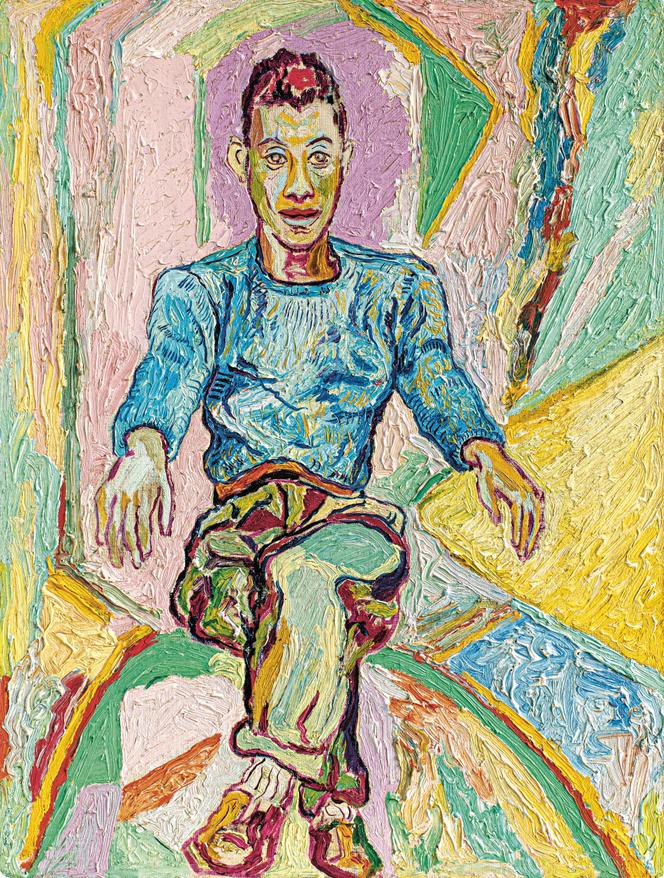


The opening of Paris's Centre Pompidou was marked by three exhibitions: "Paris-New York" in 1977, "Paris-Berlin" in 1978, and "Paris-Moscow" in 1979. Their purpose was clear: to write the history of 20th century art from a global perspective and to make up for the National Museum of Modern Art's lag in terms of the history of the avant-garde. Others could have followed, based on the same principle, again on the idea of exchanges and conversation. This was not the case. In 1981, "Paris-Paris" focused, as the title suggests, on the French scene. But "Paris-Dakar" or "Paris-Lagos" do not appear to have been considered at the time.
Now, almost half a century later, we finally get "Paris Noir" ("Black Paris"), whose title deliberately echoes the earlier trio, as the team of curators led by Alicia Knock was keen to point out. "Paris Noir" sets out to present history as clearly as possible, striving for exhaustive comprehensiveness, which is all the more desirable as it involves doing justice to mostly unknown artists. With nearly 400 works and documents, divided into thematic sections rather than chronological ones, it covers the second half of the 20th century, with the explanatory subtitle "Artistic circulations and anti-colonial resistance, 1950-2000."
You have 85.43% of this article left to read. The rest is for subscribers only.
